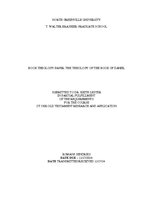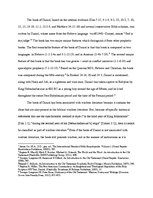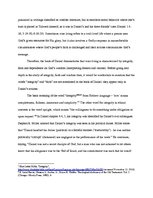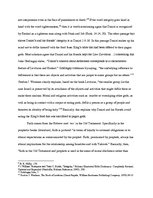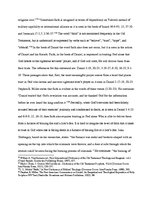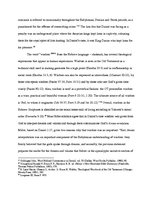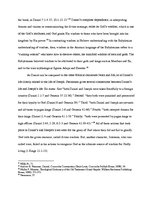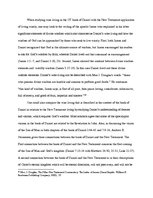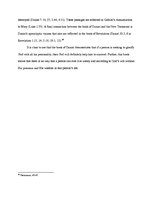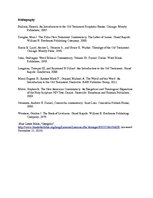When studying wise living in the OT book of Daniel with the New Testament application of living wisely, one may look to the writing of the apostle James who explained in his letter significant elements of divine wisdom which also characterize Daniel’s wise living and how the wisdom of God can be approached by those who seek to live wisely. First, both James and Daniel recognized that God is the ultimate source of wisdom, but James encouraged his readers to ask for God’s wisdom by faith, whereas Daniel lived-out that command or encouragement (James 1:5:-7, and Daniel 2:20, 23). Second, James showed the contrast between divine wisdom elements and worldly wisdom (James 3:17-18). In this case Daniel lived-out these divine wisdom elements. Daniel’s wise living can be described with Moo J. Douglas's words: “those who possess divine wisdom are humble and anxious to perform good deeds.” He continues: “this kind of wisdom, James says, is first of all pure, then peace loving, considerate, submissive, full of mercy, and good of fruit, impartial and sincere.”25
One could also compare the wise living that is described in the context of the book of Daniel in relation to the New Testament living by studying Daniel’s understanding of dreams and visions, which requires God’s wisdom. Most scholars agree that some of the apocalyptic visions in the book of Daniel are related to the Revelation to John. Also, in discussing the vision of the Son of Man in both chapters of the book of Daniel 2:44-45 and 7:9-14, Andrew E. Steinmenn gives three connections between the book of Daniel and the New Testament.…
Šajā referātā tiek aplūkota viena no teoloģiskajām tēmām no Daniela Grāmatas Vecajā Derībā par to, ka dievbijīga dzīvošana ir saistīta ar godīgumu, ticību un atkarību no Dieva.

